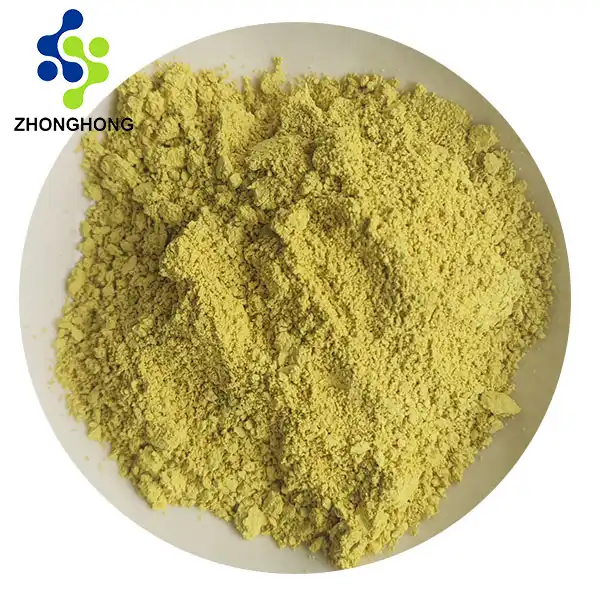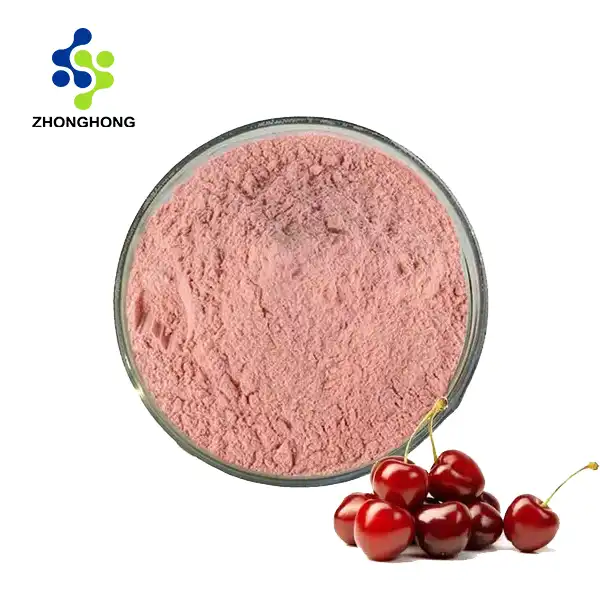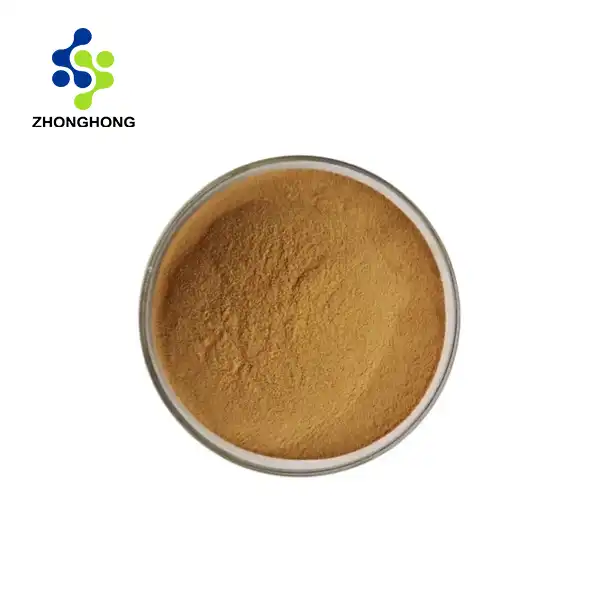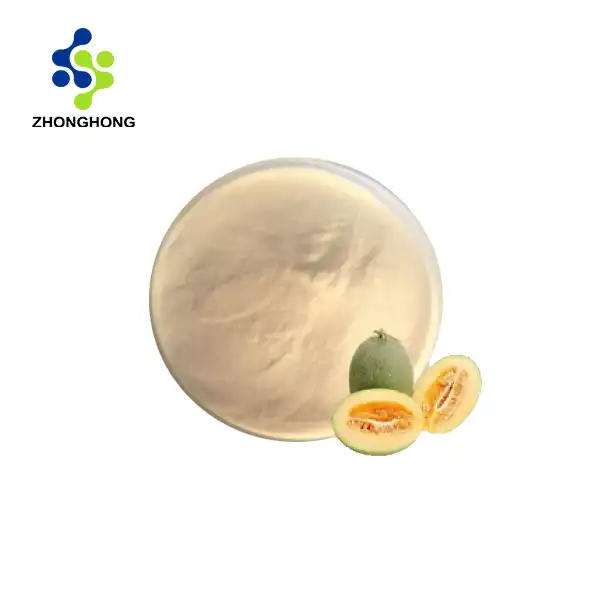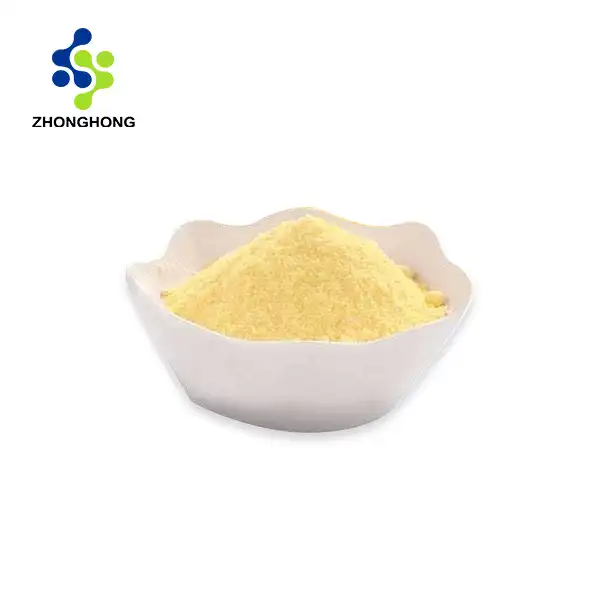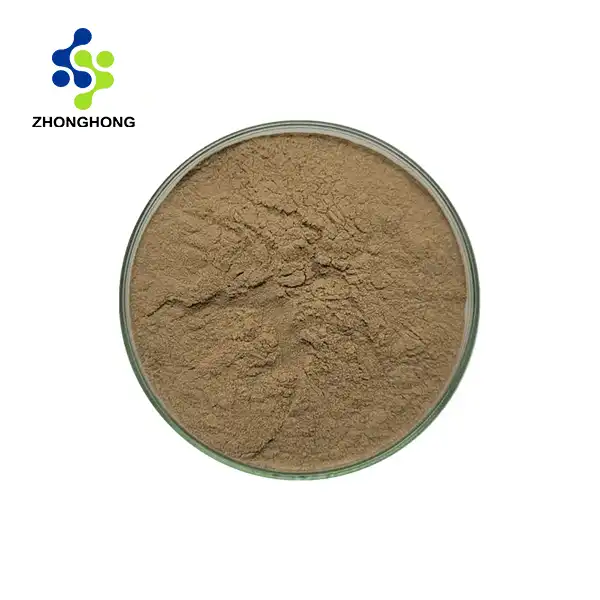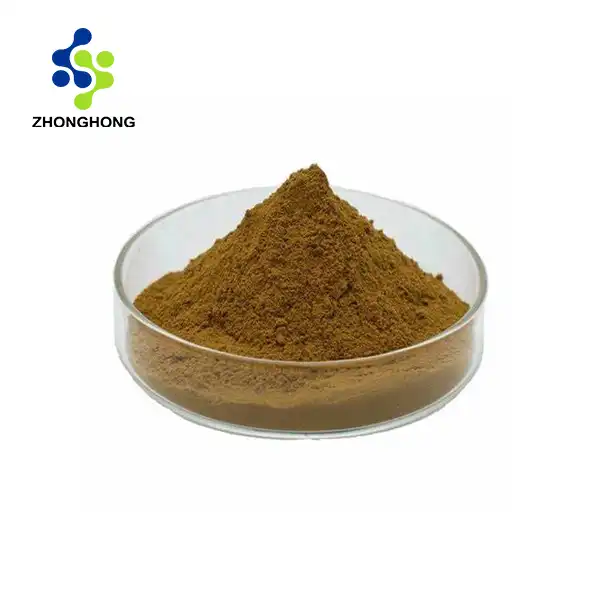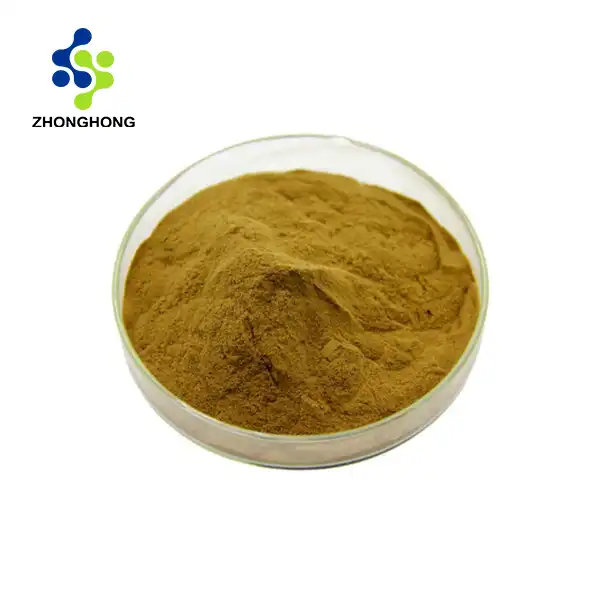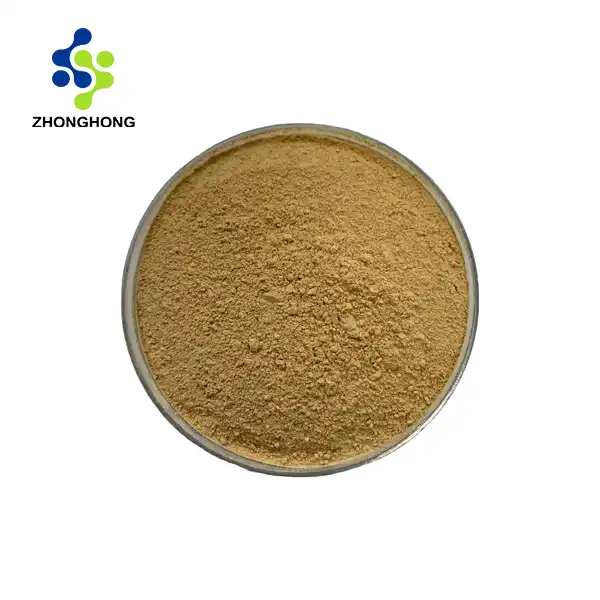English synonyms 3,3',4',5,7-Pentahydroxyflavone 2-(3,4-Dihydroxyphenyl)-3,5,7-trihydroxy-4H-chromen-4-one;MELETIN;FLAVIN MELETIN;LABOTEST-BB LT00455149;CI NO 75670;XANTHAURINE;QUERCETINE;QUERTINE
CAS No. 117-39-5
Molecular formula C15H10O7
Molecular weight 302.24
EINECS No. 204-187-1
Comprehensive Guide to Shaanxi Zhonghong Tech’s Quercetin: Benefits, Quality, and Global Excellence
Introduction to Shaanxi Zhonghong Investment Technology Co., Ltd.
Shaanxi Zhonghong Investment Technology Co., Ltd. is a globally renowned high-tech enterprise specializing in the extraction, purification, and application of bioactive plant compounds. With expertise spanning chemistry, materials science, and life sciences, the company delivers premium ingredients for nutraceuticals, cosmetics, pharmaceuticals, and functional foods. Their Quercetin, a potent flavonoid, exemplifies cutting-edge innovation, rigorous quality control, and sustainability. Supported by 5 top-tier university partnerships, 20+ patented technologies, and a global compound library, Shaanxi Zhonghong sets industry benchmarks in purity and efficacy.
Core Strengths:
Scientific Leadership: Joint labs with 5 leading universities, 20+ patents, and proprietary R&D.
Advanced Facilities: Equipped with HPLC, superconducting NMR, and precision detection systems (purity exceeds industry standards by 20%).
Global Reach: Supplies tailored solutions to 30+ countries across Asia, Europe, and the Americas.
Product Overview: Quercetin
Source: Derived from natural sources like onions, apples, and Ginkgo biloba, optimized via advanced extraction.
Chemical Properties:
CAS No.: 117-39-5
Molecular Formula (MF): C₁₅H₁₀O₇
Molecular Weight (MW): 302.23 g/mol
EINECS: 204-187-1
Production Infographic: Highlight extraction steps (e.g., raw material → solvent extraction → purification → crystallization).

Key Health Benefits:
Antioxidant Powerhouse: Neutralizes free radicals, slowing cellular aging.
Anti-Inflammatory: Reduces chronic inflammation linked to arthritis and heart disease.
Immune Support: Enhances immune response and allergy resistance.
Cardiovascular Health: Lowers LDL cholesterol and improves blood vessel function.
Antiviral Potential: Studied for inhibiting viral replication.
Usage Guidelines:
Dosage: 500–1,000 mg daily, depending on formulation.
Forms: Powder, capsules, or liquid extracts.
Precautions: Avoid if allergic to flavonoids. Consult a healthcare provider if pregnant, nursing, or on blood thinners.
Product Specifications & Quality Assurance
| Parameter | Standard | Detection Method |
|---|---|---|
| Pesticide Residues | Below EU MRL limits | HPLC-MS/MS |
| Heavy Metals | <10 ppm (Pb, As, Cd, Hg) | ICP-MS |
| Purity | ≥98% (HPLC-verified) | HPLC-UV |
| Microbial Contaminants | Absence of pathogens | USP <61> Microbial Testing |
Extraction Method:
Solvent Extraction: Ethanol/water mixture for high yield.
Purification: Column chromatography to isolate quercetin.
Crystallization: Ultra-pure crystals for pharmaceutical-grade output.
Applications & Target Audiences
Nutraceuticals: Antioxidant supplements, immune boosters, and heart health formulas.
Pharmaceuticals: Anti-inflammatory and antiviral drug formulations.
Cosmetics: Anti-aging serums and UV-protection creams.
Functional Foods: Added to beverages and health bars for enhanced bioavailability.
Quality Control & Certifications
GMP & ISO 9001: Compliant with global manufacturing standards.
Third-Party Testing: Independent validation for purity, safety, and bioactivity.
Traceability: Batch-specific COA and full supply-chain transparency.
Packaging & Logistics:
Options: 1 kg to 25 kg vacuum-sealed bags; customized OEM/ODM packaging.
Shipping: Global air/sea freight with cold-chain support; samples available on request.
Why Choose Shaanxi Zhonghong?
Unmatched Purity: 20% higher purity than industry norms via proprietary tech.
R&D Collaboration: Co-develop tailored formulations for your market needs.
Sustainability: Eco-friendly extraction and zero-waste production.
FAQ
Q: Is Quercetin safe for long-term use?
A: Yes, GRAS-certified at recommended doses.
Q: Can it interact with medications?
A: May enhance effects of blood thinners (e.g., warfarin); consult a physician.
Q: What’s the shelf life?
A: 24 months in airtight, light-protected packaging.
Contact for Inquiries & Orders
For technical specifications, COA, or bulk pricing, email liaodaohai@gmail.com.
References
National Center for Biotechnology Information (NCBI) on Quercetin bioactivity.
European Food Safety Authority (EFSA) guidelines on flavonoid safety.
Quercetin Supplement, Natural Antioxidant, Anti-Inflammatory, Bulk Quercetin Powder, Pharma-Grade Flavonoid.
Partner with Shaanxi Zhonghong for premium, science-backed botanical extracts!
CTA: “Request a Free Sample & COA” linked to liaodaohai@gmail.com.
Elevate your formulations with Shaanxi Zhonghong’s cutting-edge Quercetin – where science meets nature! 🌿🔬
_1728976869676.webp)
